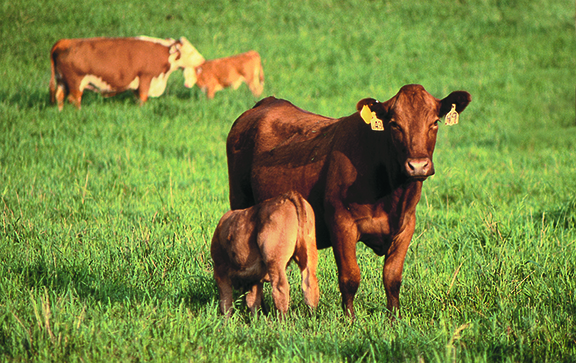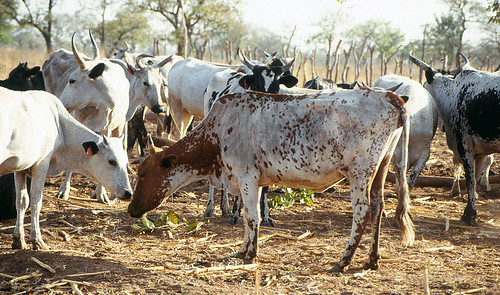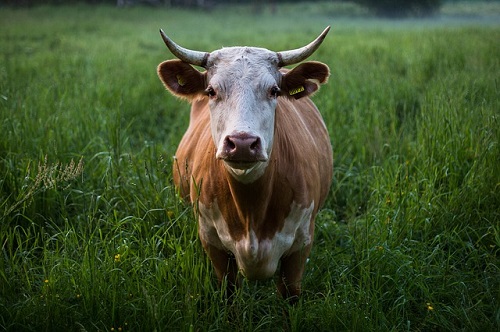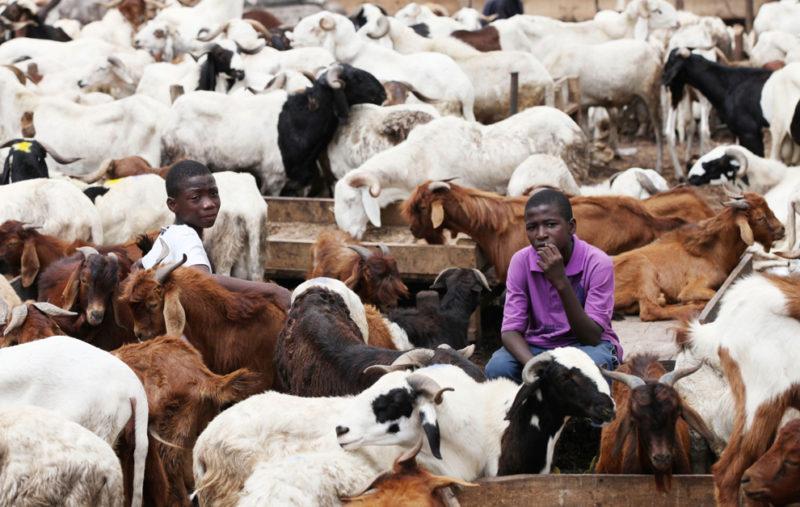Grass tetany, also known as hypomagnesemia tetany, is a metabolic disorder of ruminants, associated with low levels of magnesium (Mg) in the blood of animals due to its lack in the diet. It is one of the four (4) types of tetany that occur in cattle.
The other 3 are transport, stable and lactation tetany. In each case, there is a decrease in the supply of magnesium, which added to a greater presence of potassium and nitrogen in the forages can lead to this disorder.
Cows with high milk production are more likely to suffer from tetany from pastures than those raised for beef, as well as animals subjected to high levels of stress.
According to the veterinarian Angélica Baumert, older cattle are at greater risk because the mobilization of their Mg reserves is low or none, and in addition, the storage of the mineral in the body barely lasts between 3 to 8 days, so it depends on the daily intake.
When a lot is affected by this disorder, the owner is alarmed due to the symptoms presented by the animal, such as clinical signs of aggressiveness, wobbly gait, muscle tremor and seizures. They may also present extended head, restlessness, stiffness of the limbs, constant bellowing, hypersensitivity and frequent urination. If not treated in time, it can lead to death.
The expert explained that the factors that favor the occurrence of this disease are in the times of grass growth, which by having a greater proportion of water, can reduce the absorption of Mg. Grasses have less Mg and calcium than legumes.
For this reason, the farmer can implement strategies to control the risk, such as supplementation with mineralized salts containing Mg to calving cows in times where the pasture is more tender, which can be done while the grass grows.
One way to achieve this is to make young cows graze, as they are less susceptible to risky pastures, and not to introduce lactating cows until the grass measures between 10 and 15 cm.
Other strategies include preventing pregnant cows from coming into labor with excess weight, as well as seeking to reduce stressful situations or prolonged confinement. The tetany of the pastures can be controlled, but if it is not possible, the treatment must be applied as soon as possible.
This must be done by the veterinarian, as it consists of the administration of magnesium and calcium compounds orally, or calcium intravenously and magnesium sulfate subcutaneously. At the same time, the animal must be kept hydrated.



